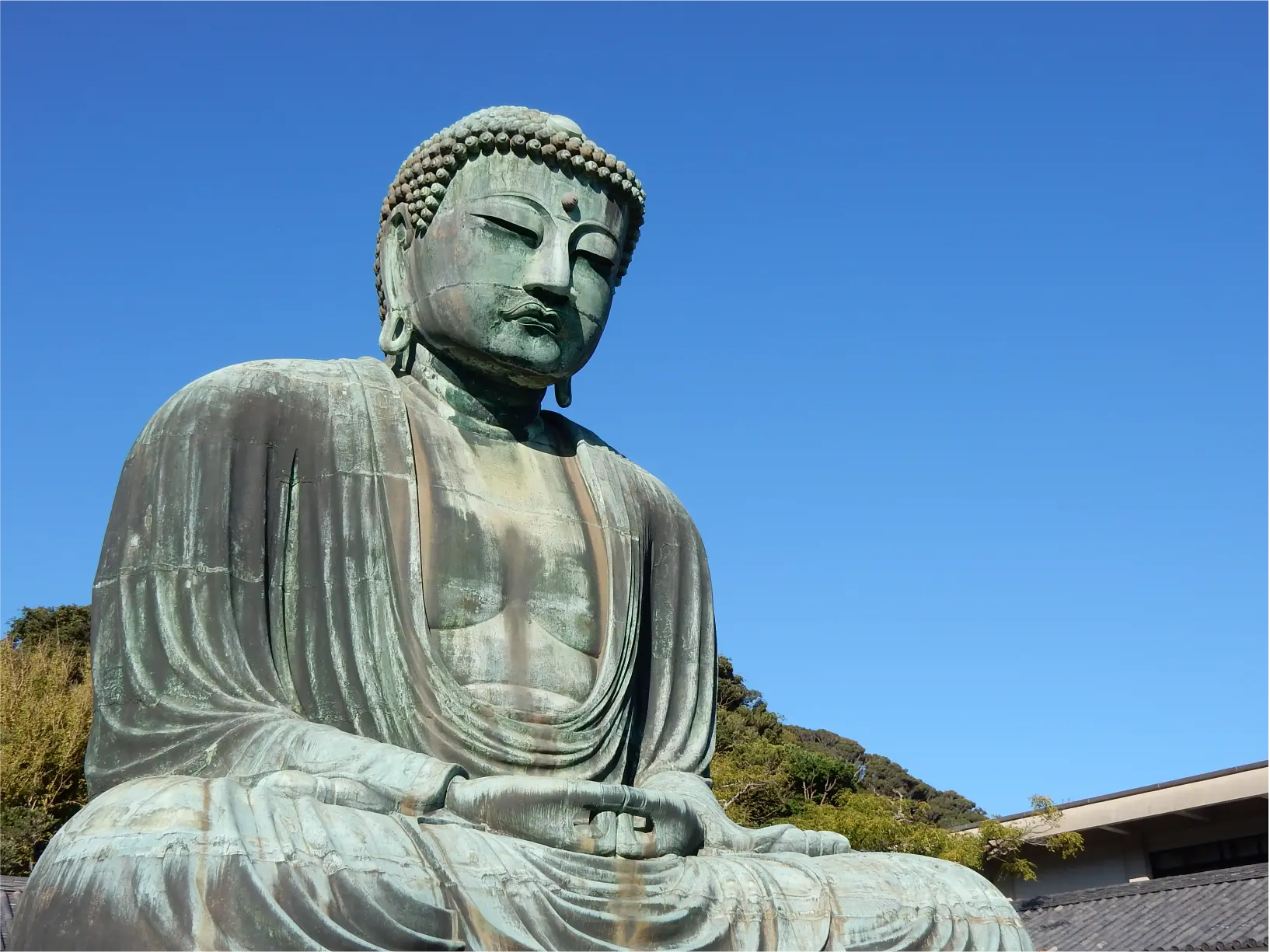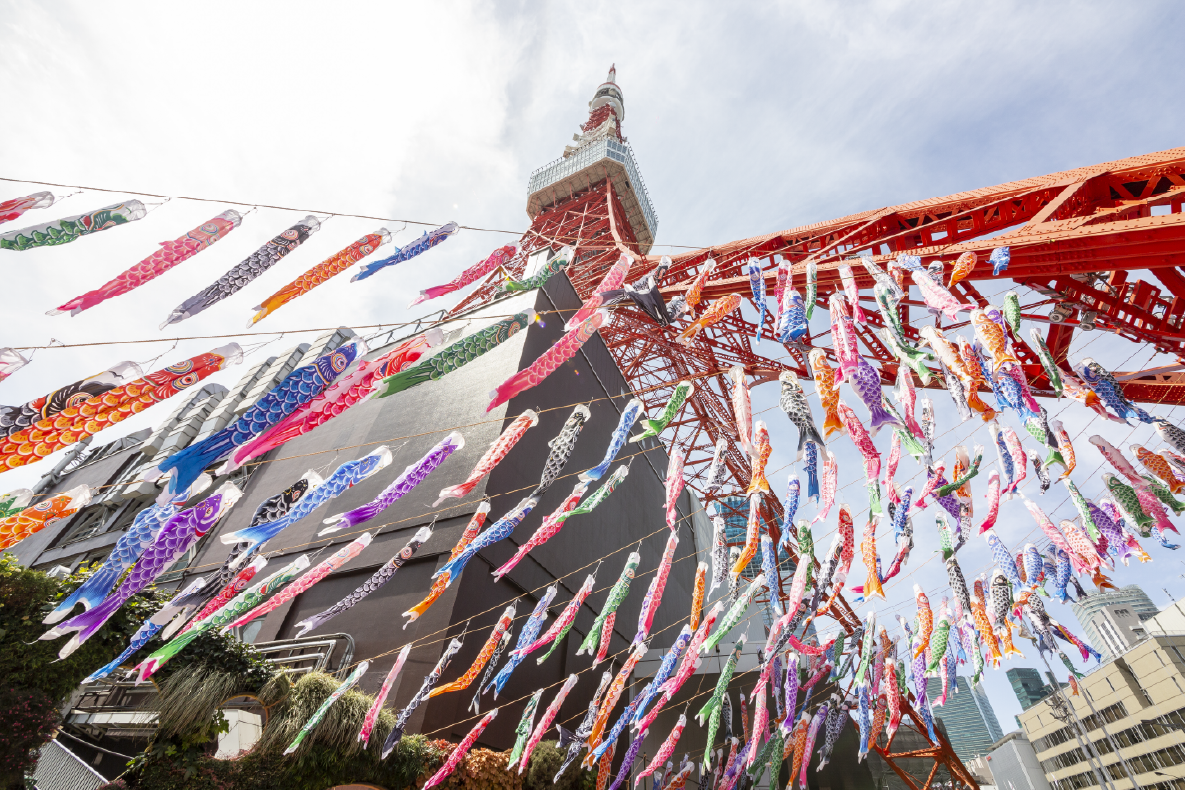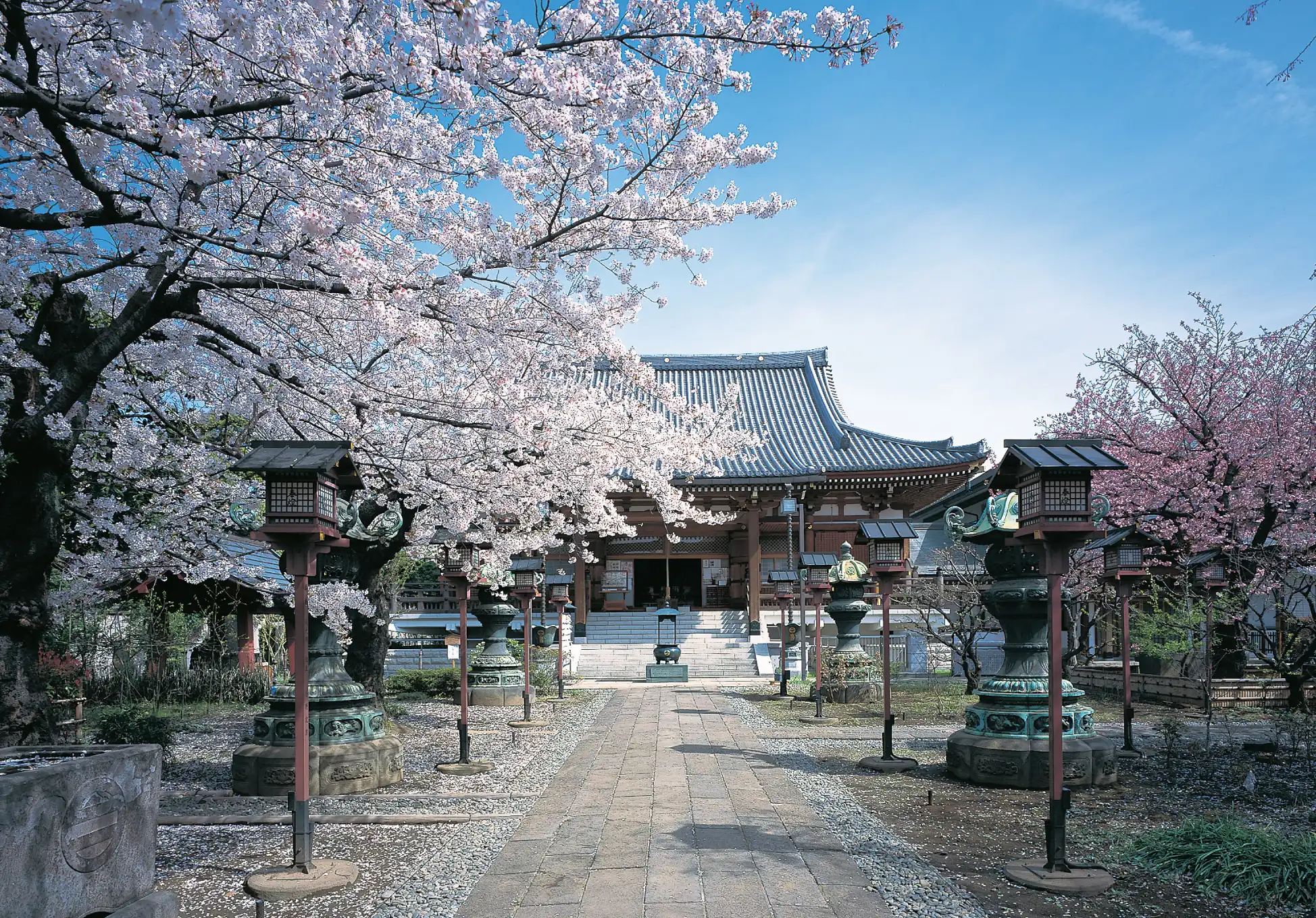Buddhas, shrines, hydrangeas. Take in Japan’s history and the four seasons in the ancient capital of Kamakura.

About an hour away from Tokyo, the Kamakura area has much to offer, including shrines, temples, and beautiful nature. Here we introduce some of its classic attractions for first-time visitors to Kamakura.
The first thing that likely comes to mind at the mention of "Kamakura" is the Great Buddha of Kamakura, the main focus of worship at Kotokuin, a temple belonging to the Jodo sect of Buddhism. The statue’s formal Japanese name is Kokuhōdōzōamidanyoraizazō. The statue is Kamakura's only designated national treasure, stands 11.31m tall (13.35m including the pedestal), and weighs approximately 121 tons. Alongside the Great Buddha of Nara and the Great Buddha of Kyoto, which was destroyed in a fire, it is known as one of the three great statues of Buddha in Japan. Its construction began in 1252, but the original sculptor remains unknown.
While the Great Buddha of Nara is enshrined inside the Great Buddha Hall of Tōdai-ji temple, the Great Buddha of Kamakura sits outside. In fact, the Great Buddha of Kamakura was originally also enshrined inside a Great Buddha Hall, but this hall was damaged first by two typhoons in 1334 and 1369, and later by a major earthquake in 1498. The statue was subsequently left out in the open and fell into disrepair but was restored in the Edo period and is now symbolic of Kamakura.
One surprisingly little-known fact about the Great Buddha of Kamakura is that you can step inside it. Due to the way it was made, the Great Buddha of Kamakura is hollow. Visitors can go inside and see up close the joints made during its construction, and see with their own eyes how precious they are.

The Great Buddha of Kamakura is hollow, and visitors can pay to enter its interior. (Photo: Courtesy of Kamakura City Tourist Association)
Next up is Tsurugaoka Hachimangu Shrine, which was founded as the guardian deity of samurai. During the Kamakura period (1185-1333), when samurai society first emerged, this place became a spiritual center as the guardian deity of Kamakura and samurai. The Tsurugaoka Hachimangu Shrine was the starting point of the capital city of samurai, and is deeply connected with historical figures and events.
The foundations of Tsurugaoka Hachimangu Shrine were built by Minamoto no Yoritomo, one of Japan's leading military commanders. There he enshrined the deity of fortune in war, and established the Kamakura Shogunate (the samurai government) as the center of society. Tsurugaoka Hachimangu Shrine also became a cultural center, and numerous festivals are held there even today.
Its Fall Festival, for example, features horseback archery, in which people ride horses and shoot arrows at targets. In summer, the area is host to a procession of unique Japanese festivals, such as the Tanabata Festival, where people offer up colored paper and wooden votive tablets with wishes written on them, and the Bonbori Festival, where paper bonbori lanterns line the approaches to the temple. Various other traditional events are held throughout the year, so check out the events being held when you visit.

San-no-Torii, the entrance to Tsurugaoka Hachimangu Shrine. (Photo Courtesy of Kamakura City Tourist Association)

Ceremonial horseback archery is performed to honor the gods at the Fall Festival. (Photo: Courtesy of Tsurugaoka Hachimangu Shrine)
Last is Meigetsuin Temple, also known as the hydrangea temple, a famous temple in Kamakura. The temple features around 2,500 ancient Japanese Hime Ajisai, meaning "princess hydrangea," and is especially worth visiting during the rainy season which runs from late May to early July. The sight of a carpet of hydrangeas blooming all across the temple grounds is affectionately known as "Meigetsuin Blue," but it is surprisingly only in recent years that the temple has become famous for hydrangeas. Following the end of World War II, the poverty-stricken people planted hydrangeas on the temple grounds to provide comfort. Cuttings were replanted and their number increased over time, and gradually they became famous.
Although most famous for its hydrangeas, the temple offers beautiful sights all year round, with cherry blossoms in spring, fall foliage, as well as a karesansui, a traditional dry landscape garden. Of particular note is the view from the circular window in the main hall, known as the "Window of Enlightenment", which is like a circular-framed painting that reflects Japan's four seasons.

The hydrangeas at Meigetsuin Temple take on an increasingly blue hue once they bloom, and visitors can enjoy particularly deep and beautiful blue hydrangeas from mid-June onward. (Photo: Courtesy of Kamakura City Tourist Association)

Visitors can enjoy seasonal views through the circular window in the main hall of Meigetsuin Temple, known as the "Window of Enlightenment." (Photo: Courtesy of Kamakura City Tourist Association)
The ancient capital of Kamakura, reached the heights of its prosperity as the seat of the Kamakura Shogunate. There are many temples, shrines, and historical sites besides those introduced here that are steeped in history, such as Hokokuji Temple, Hasedera Temple, and Zeniarai Benten Shrine. So why not visit Japan's capital city from 900 years ago?
■DATA ▼Kamakura Daibutsuden Kotokuin Address : 4-2-28 Hase, Kamakura, Kanagawa, Japan Tel: 0467-22-0703 Official website :https://www.kotoku-in.jp/en/ ▼Tsurugaoka Hachimangu Shrine Address : 2-1-31 Yukinoshita, Kamakura-shi, Kanagawa-ken Tel : 0467-22-0315 Official website:https://www.hachimangu.or.jp/en/ ▼Meigetsuin Temple Address : 189 Yamanouchi, Kamakura-shi Tel: 0467-24-3437 Official website:https://trip-kamakura.com/place/230.html *The gate is closed for 3 days in early July for hydrangea maintenance.
(Information as of March 2024.)
<Related articles> ・5 Must-Check out spot in Senso-ji temple in Asakusa ・Selected as one of the“52 Places to Go in 2024.” What is Yamaguchi City, the Kyoto of the West, like?



